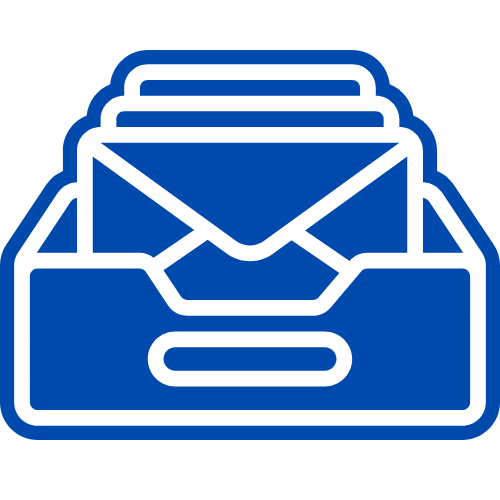Are you interested in learning HTML but not sure where to begin? If so, you’re in the right place. In this article, we’ll cover 11 essential HTML basics that are perfect for beginners like you. By the end of this article, you’ll have the knowledge you need to create your own basic HTML web page.
First, let’s define HTML. HTML stands for Hypertext Markup Language. It’s the standard markup language used to create web pages. HTML provides the structure and content of a web page, while CSS (Cascading Style Sheets) provides the presentation and styling.
- HTML Tags and Elements HTML is made up of tags and elements. Tags are used to define the structure and content of a web page, while elements are made up of a start tag, content, and an end tag. For example, the <html> tag is the start tag for an HTML document, while the </html> tag is the end tag.
- Basic HTML Structure Every HTML document should begin with the <!DOCTYPE html> declaration. This lets the browser know that it’s an HTML document. The <html> tag is the start tag for the HTML document, and it contains the <head> and <body> elements.
- The <head> Element The <head> element contains information about the HTML document, such as the title, author, and metadata. The <title> element defines the title of the web page, which appears in the browser’s title bar.
- The <body> Element The <body> element contains the content of the web page. This is where you’ll add text, images, and other elements to your web page.
- HTML Headings HTML headings are used to define the hierarchy and structure of the content on a web page. There are six levels of headings, from <h1> (the most important) to <h6> (the least important).
- HTML Paragraphs HTML paragraphs are used to group together related text. The <p> tag is used to define a paragraph. You can also use the <br> tag to add line breaks within a paragraph.
- HTML Links HTML links are used to connect one web page to another. The <a> tag is used to define a link. You can also use the href attribute to specify the URL of the web page you want to link to.
- HTML Images HTML images are used to add images to a web page. The <img> tag is used to define an image. You can also use the src attribute to specify the URL of the image file.
- HTML Lists HTML lists are used to group together related content. There are two types of lists in HTML: ordered lists and unordered lists. Ordered lists are numbered, while unordered lists are bulleted.
- HTML Tables HTML tables are used to organize data into rows and columns. The <table> tag is used to define a table, while the <tr> tag is used to define a table row, and the <td> tag is used to define a table cell.
- HTML Forms HTML forms are used to collect data from users. The <form> tag is used to define a form, while the <input> tag is used to define form fields, such as text boxes, checkboxes, and radio buttons.














